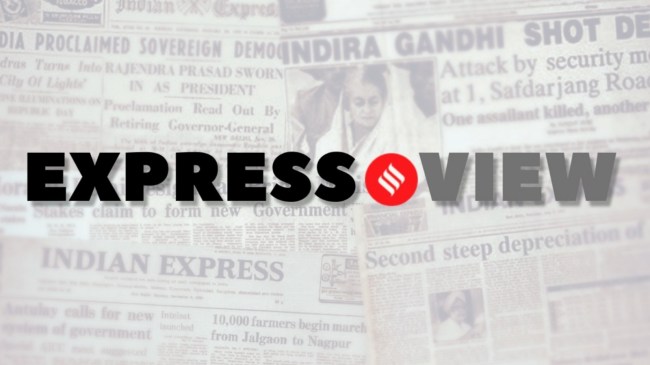Opinion Economic growth is better than expected, but pain points remain
The healthy momentum can be seen across many leading indicators incorporated in the RBI economists’ report. GST e-way bills have continued to exhibit robust growth, as have toll collections
 A new government will be formed, which will be followed by the RBI's monetary policy committee meeting, and presentation of the Union budget. Going ahead, these will determine the country's growth trajectory.
A new government will be formed, which will be followed by the RBI's monetary policy committee meeting, and presentation of the Union budget. Going ahead, these will determine the country's growth trajectory. In January, the National Statistical Office had pegged the Indian economy to grow at 7.3 per cent in 2023-24. In February, it revised its estimate upwards to 7.6 per cent. Some analysts, however, expect growth to be even higher — data for the fourth quarter will be released at the end of this month. The growth momentum has continued in this year as well. A new report, prepared by economists at the RBI, pegs the economy to grow at around 7.5 per cent in the first quarter of the ongoing financial year. This is higher than the central bank’s earlier assessment of 7.1 per cent. For the full year, a growth of 7 per cent, as was projected by the RBI in the last monetary policy committee meeting, would imply that in recent years, the country is growing at around twice the global average. With growth looking up, and inflation easing, though unevenly, the economy is faring better than most had expected. The report echoes this confidence, saying that “there is a growing optimism that India is on the cusp of a long-awaited economic take-off”.
The healthy momentum can be seen across many leading indicators that have been incorporated in the report. GST e-way bills have continued to exhibit robust growth, as have toll collections. Steel consumption and cement production, markers of the construction sector, are faring well. Spending in rural areas is showing signs of recovering. As per the Nielsen IQ data, rural demand for FMCG has outstripped urban demand in the January-March quarter. Two- and three-wheelers have registered firm growth. However, there are pain points as well. Merchandise exports grew by a mere 1.1 per cent in April. Private investment is yet to show signs of a broad-based pick-up. And concerns over jobs and wages persist. On inflation, the report points to the divergence in food and core inflation — food inflation had edged up to 7.9 per cent in April, while core inflation eased to 3.2 per cent. The uncertainty over the trajectory of food prices is in part contributing to the “uneven pace of alignment” of inflation with the central bank’s target. The report expects that the “durable alignment with the target may recommence” only in the second half of the year, perhaps signaling that the last mile disinflation will be a more long drawn out process.
The results of the ongoing national elections will be declared in the first week of June. A new government will be formed, which will be followed by the RBI’s monetary policy committee meeting, and presentation of the Union budget. Going ahead, these will determine the country’s growth trajectory.





